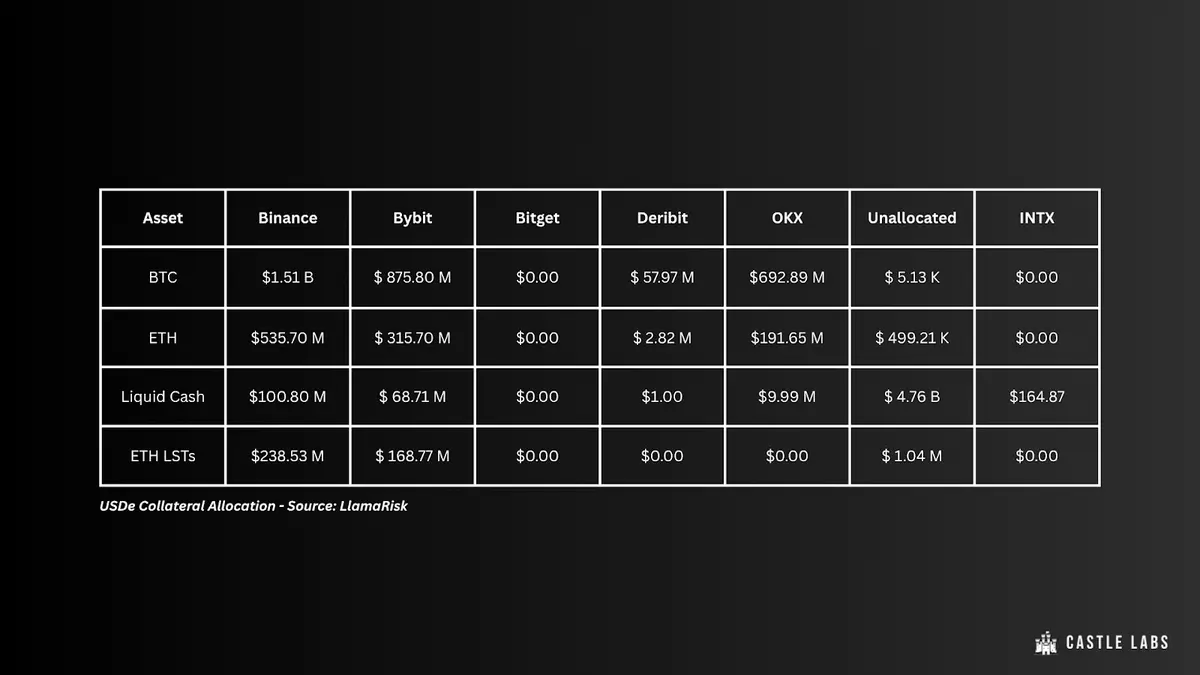Original author: Castle Labs
Compiled by: CryptoLeo, Odaily Planet Daily
Recently, the Pendle team announced a new platform called Boros launched on Arbitrum, where users can arbitrage and hedge funding rates. Boros will initially operate in the BTC and ETH markets across major exchanges, trading using Yield Units (YU), where each YU represents the yield of 1 unit of collateral asset (e.g., 1 YU-ETH = yield of 1 ETH nominal value). Friends who frequently use Pendle should know that this is similar to its YT mechanism. Currently, the Boros market has only launched contract trading for BTC and ETH on Binance, and users can earn PENDLE rewards by placing limit order contract trades on its platform. Castle Labs has released an introduction and outlook on Boros, compiled by Odaily Planet Daily as follows:
The original text is as follows
Pendle has been steadily progressing and has now become a hub for on-chain yields. Its total TVL recently surpassed $7 billion, reaching an all-time high.
To get closer to their vision of providing yields for any asset, they launched Boros, whose architecture can support any form of yield, including those from DeFi protocols, TradFi, and assets like bonds, stocks, and other RWAs.
In the initial phase, it will focus on funding rate yield, which is an on-chain market that has not yet been extensively developed, given that the daily trading volume in the contract space reaches $150 billion to $200 billion.
Boros aims to hedge funding rate exposure or leverage trading through short/long yield units (YU). YU represents the yield of 1 unit of collateral asset before maturity. For example, 1 YU ETH equals the yield of 1 ETH nominal value before maturity, similar to how YT (Yield Token) operates on Pendle.
Boros will initially support contract funding rates for BTC and ETH on the Binance platform, and later support more assets such as SOL and BNB, integrating with Hyperliquid and Bybit. To ensure a smooth launch, Boros will set a contract position limit of $10 million and a maximum leverage of 1.2 times, allowing the team to monitor risks in the early stages.
Products like delta-neutral stablecoins can benefit from this as they can hedge negative funding rate exposure. This also opens up new strategies and risk management tools for institutional investors and DeFi-native traders.
Boros Beyond Retail
While Boros is a complement to the series of yield puzzles offered by Pendle, its greatest value addition lies in the value it provides to protocols that utilize funding rate exposure in their products. Protocols like Ethena currently have a TVL of $9.71 billion, benefiting significantly from this as their delta-neutral strategies have funding rate exposure, which helps enhance their stablecoin yields.
The Ethena stablecoin USDe is backed by volatile assets such as BTC, ETH, and LST. To operate in a delta-neutral environment, Ethena hedges these volatile assets as spot positions and uses them as margin through subsequent short contract positions.
Although the delta value of Ethena's positions remains neutral, it still needs to bear the funding rates charged by exchanges, which is also one of Ethena's sources of income. When the funding rate is positive (long positions > short positions), Ethena profits as longs pay funding rates to shorts.
However, when the funding rate is negative (short positions > long positions), Ethena incurs losses and can benefit from additional hedges against these funding rates, ensuring stable returns during market downturns, which is precisely what Boros can provide.
For example, Ethena allocates 50% of its collateral to different CEXs, including BTC and ETH (the assets initially supported by Boros), with total collateral deposits exceeding $4 billion, and its funding rates may be hedged through Boros.

Boros can bring the protocol:
Protocols can take directional views on funding rates;
Protocols can effectively hedge their funding rate risk exposure;
Protocols can ensure greater predictability, consistency, and lower output risk.
Conclusion
The emergence of Boros represents a shift in on-chain yield opportunities, providing more avenues for retail and institutional investors to gain exposure to different assets and tools in DeFi and TradFi. This is also the next step in Pendle's vision, to provide access to various and even all yield mediums on-chain.
Pendle has launched tokenized fixed income products in the DeFi space, while Boros expands its service range through hedging/leverage operations based on the same foundation of funding rates and yields. Together, they will broaden the scope of yields and drive DeFi development, at which point anyone can trade and hedge any yield on-chain or off-chain.
Boros has started to unlock more funding rate yield strategies by providing a platform that utilizes YU for long, short, or hedging operations against funding rate exposure.
In the future, Boros will grow and provide yields that are currently unattainable on-chain.




